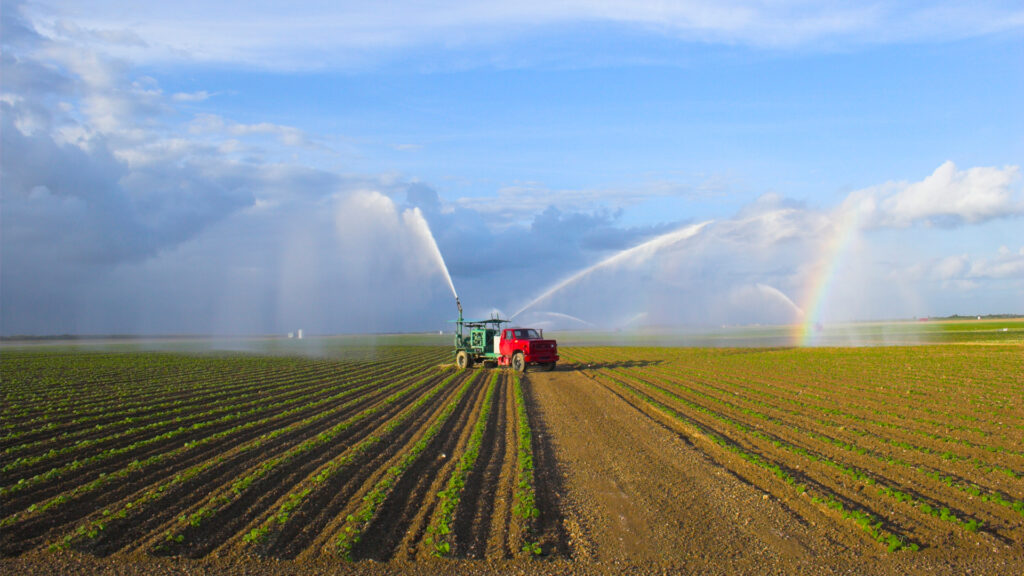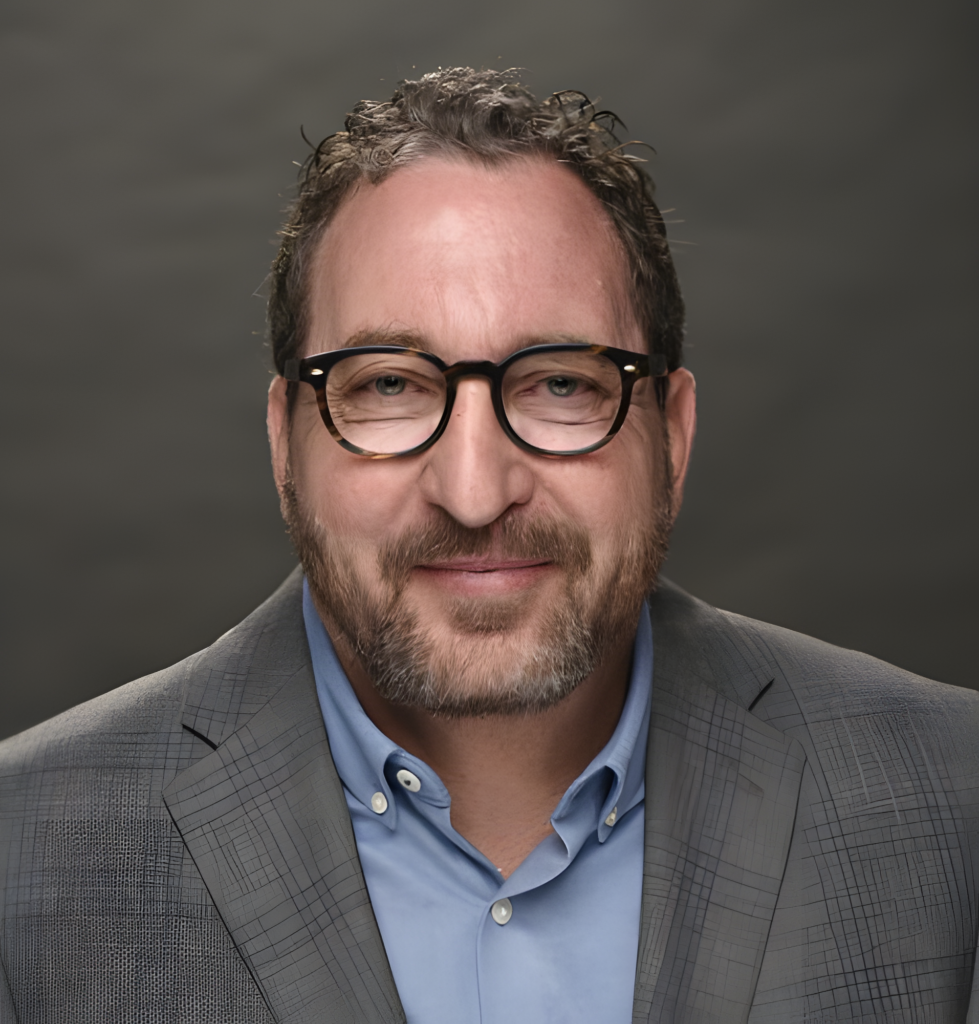By Stan Gottfredson, Atraxia Law
Per- and Perfluoroalkyl, or PFAS, are synthetic chemicals widely used in various industries, from consumer goods and markets to military applications. Since their creation, PFAS have been used senselessly because of a lack of data and knowledge of their significantly harmful effects on human health. Today, while efforts are being made to ban these substances, PFAS are still a major public and environmental health concern.
In the past decade, PFAS pollution of the environment has placed significant strain on human health, the economy and food security. Today, over 70 million acres of U.S. farmland are thought to be contaminated with PFAS. Because these substances cannot degrade naturally and tend to accumulate in the environment, soil can no longer be used once contaminated. Decontamination of such land incurs billions of dollars in costs, far beyond the capacity of farmers who now have no use for their agricultural lands.

In this context, the Relief for Farmers Hit with PFAS Act was proposed in 2023 as a legislative resolution to the PFAS crisis in agriculture. In its current form, the act would set up a $500 million fund that will be used for research into decontamination, safer agricultural methods and compensation for affected farmers.
However, while this act is still under discussion, more and more widespread contamination takes place. Additionally, while the act does address matters of decontamination, it also fails to address a growing problem, specifically the ever-increasing contamination of the environment with PFAS.
For this, systemic federal legislation is necessary to impose stringent PFAS use and disposal regulations and hold industrial producers responsible for PFAS emissions. Without comprehensive regulatory oversight, legislative efforts similar to the Relief for Farmers Hit with PFAS Act, while crucial, will remain reactive rather than preventive.
PFAS contamination of Florida farmlands
Florida’s 9.7 million acres of farmland span over 44,000 farms and generate nearly $9 billion annually. Trades and significant exports to Canada, Mexico, the Caribbean and other regions generate incomes exceeding $700 million.

PFAS contamination here is thus a serious threat to the state’s economy. Notable sources include runoff from nearly 20 military bases using PFAS-based foams, irrigation with contaminated water and biosolids. Biosolids are fertilizers made from sewage sludge, dispersed without mandatory PFAS testing. Delaying federal action for containment could have disastrous consequences for the state’s economy and national food and trade systems.
In this context, while the Relief for Farmers Hit with PFAS Act marks a step forward in confronting the PFAS crisis at the federal level, the act also leaves critical systemic failures untouched. These include a lack of action from the Environmental Protection Agency (EPA) for developing regulations requiring biosolid testing and failing to implement stricter PFAS use bans. Widespread contamination with PFAS in other states triggered lawsuits targeting major PFAS polluters and the EPA for failing to act.
Considering these aspects, it becomes evident that more than just compensation is necessary to protect agricultural land and secure states’ economies. Therefore, urgent, structural and enforceable federal standards and accountability from both industries and agencies are needed.
Stan Gottfredson is the president and CEO of Atraxia Law, a San Diego-based organization dedicated to supporting individuals impacted by toxic exposure and environmental health risks. Under his leadership, the firm offers critical resources and assistance to those pursuing legal claims tied to hazardous substances and related medical conditions. Banner photo: Water being tested (iStock image).
Sign up for The Invading Sea newsletter by visiting here. To support The Invading Sea, click here to make a donation. If you are interested in submitting an opinion piece to The Invading Sea, email Editor Nathan Crabbe at nc*****@*au.edu.



